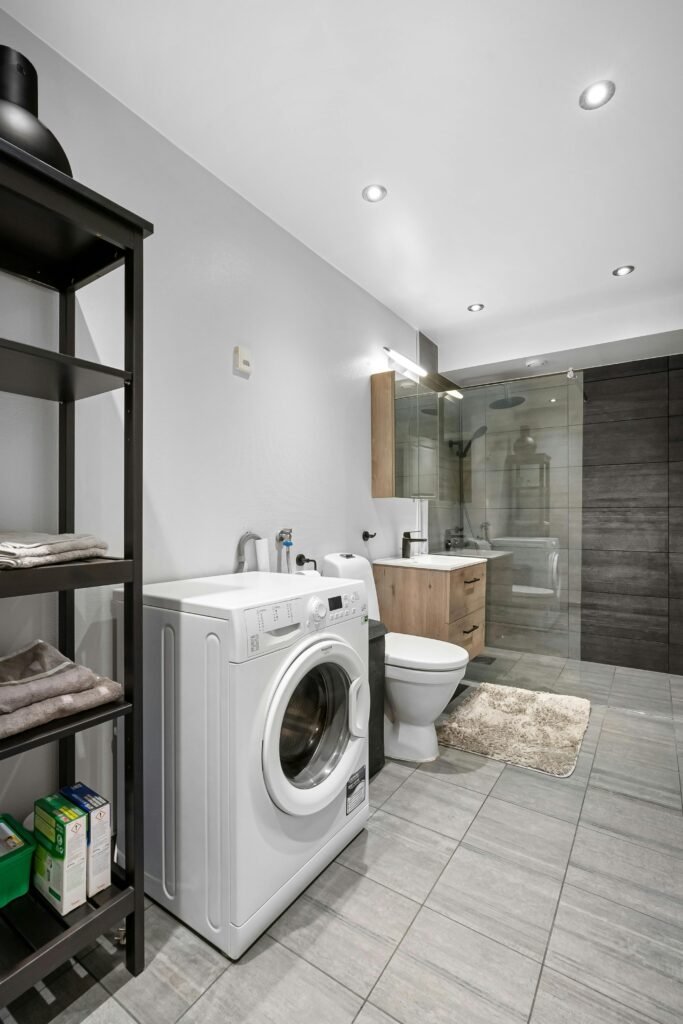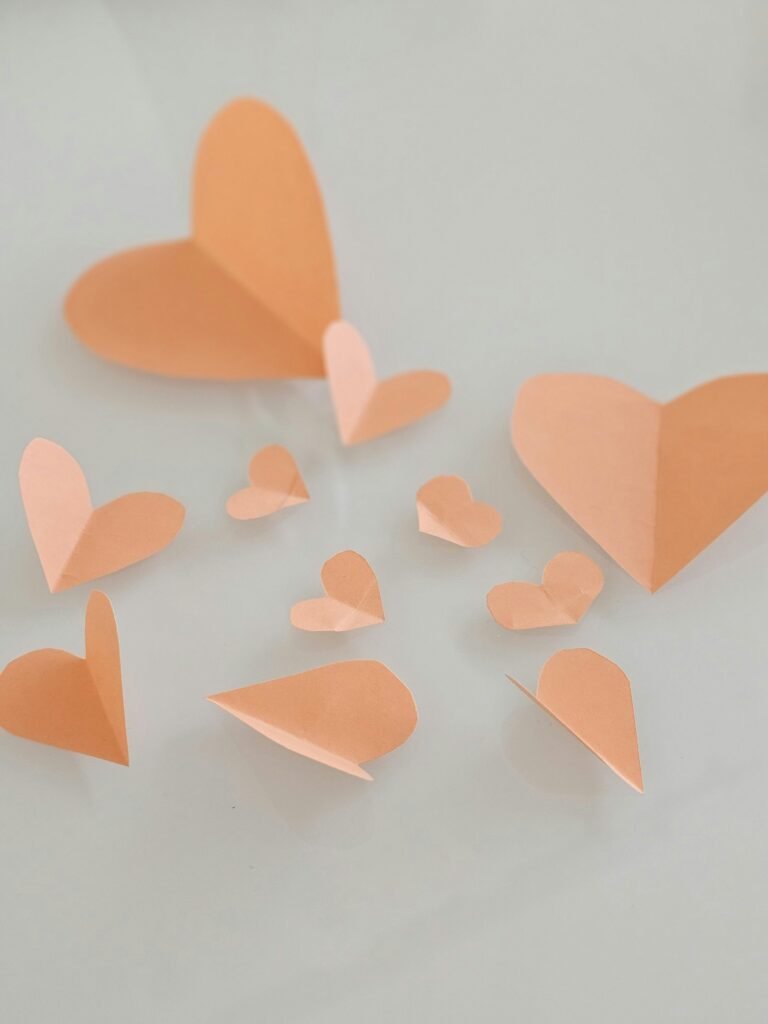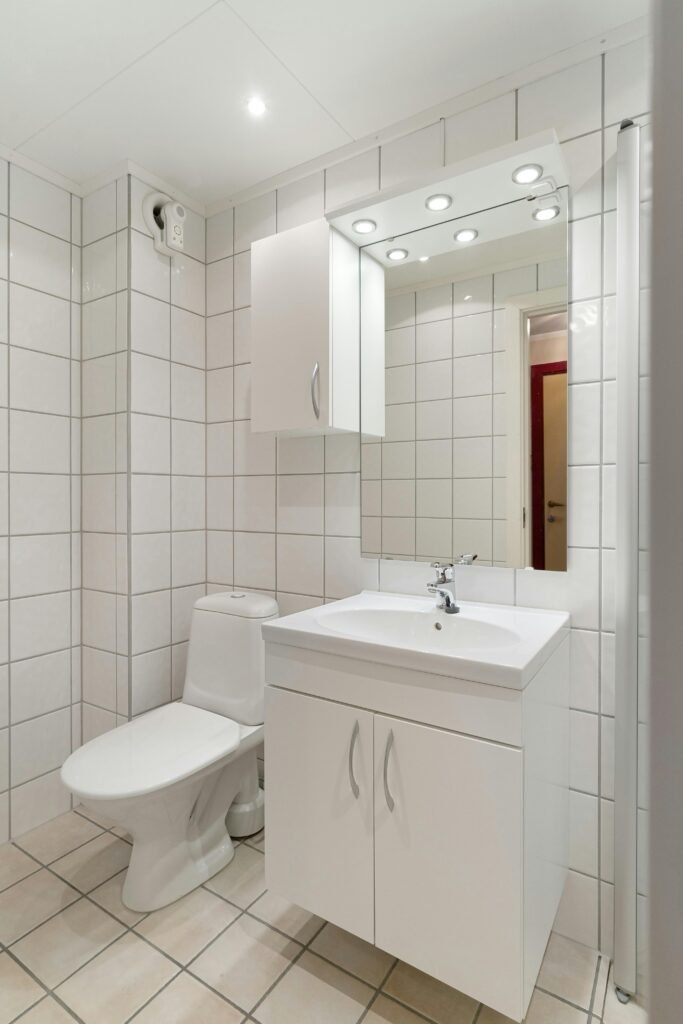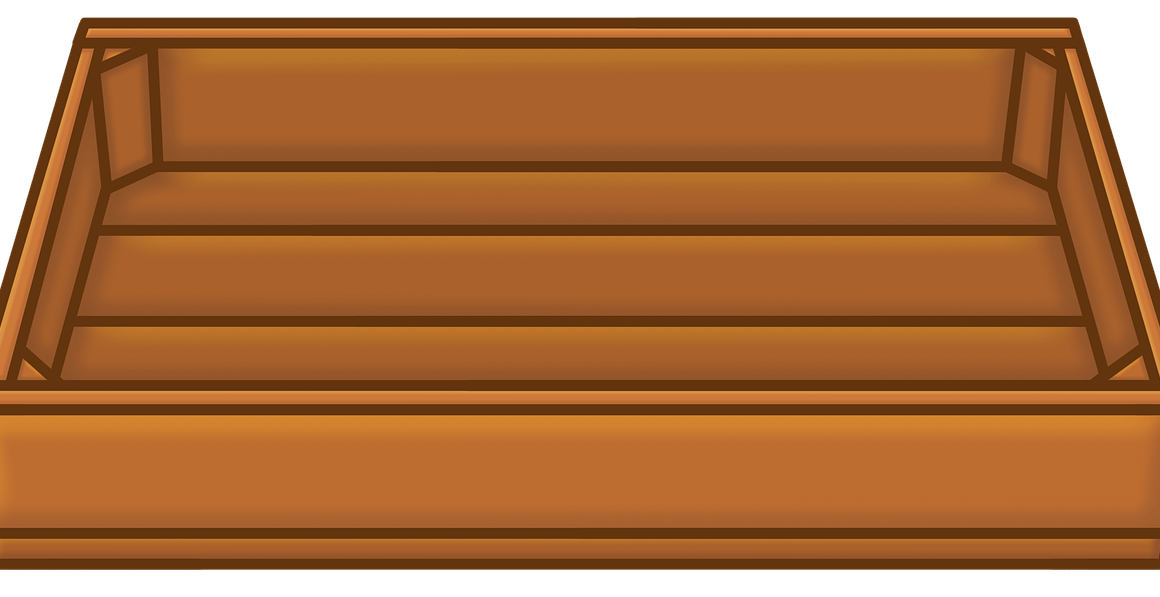Taking care of your crates can greatly extend their lifespan and ensure that they remain in top-notch condition. Whether you use crates for storage, shipping, or organizing, implementing simple yet effective maintenance tips is the key to preserving their quality. From regularly cleaning and inspecting for any damages to using protective coatings, this article will provide you with all the essential tips you need to keep your crates looking and functioning like new for years to come.

This image is property of images.pexels.com.
Inspecting the Crates
Checking for any damage or wear
Inspecting your crates regularly is an essential part of their maintenance. Start by checking for any signs of damage or wear. Look for cracks, chips, or dents that may weaken the structure of the crate. If you come across any damaged areas, it’s important to address them promptly to prevent further deterioration.
Inspecting the hinges and latches
Next, focus on the hinges and latches of your crates. These components play a crucial role in keeping the crate securely closed. Make sure to check if they are functioning properly and if there are any signs of rust or corrosion. If any issues are detected, consider lubricating them or replacing them if necessary.
Examining the overall structure of the crate
Take a step back and examine the overall structure of the crate. Ensure that all the pieces are securely connected and that there are no loose or unstable parts. Pay attention to the corners and joints, as these areas are prone to wear and tear. By regularly examining the structure, you can prevent potential accidents or collapses while using the crates.
Looking for any signs of pest infestation
Pests can cause significant damage to your crates, compromising their integrity. Therefore, it’s crucial to keep an eye out for any signs of pest infestation. Look for chew marks, droppings, or insect activity. If you suspect an infestation, it’s important to take immediate action by contacting a pest control professional to prevent further damage.
Cleaning the Crates
Removing any dirt or debris
Before proceeding with cleaning, it’s important to remove any dirt or debris from the crates. Use a soft brush or a vacuum cleaner to gently remove loose particles. Pay attention to crevices and corners, as dirt and debris tend to accumulate in these areas.
Using mild detergent and water for cleaning
To clean the crates, use a mild detergent diluted in water. Avoid using harsh chemicals that may damage the material of the crates. Dip a soft cloth or sponge into the soapy water and gently scrub the surfaces of the crates. Be thorough and ensure all areas are cleaned, including the inside and outside.
Scrubbing the surfaces gently
When scrubbing the surfaces, take care not to apply too much pressure, especially if your crates are made of wood. Scrubbing too vigorously may cause scratches or damage. Use circular motions and focus on stubborn stains or marks. Take your time and pay attention to detail.
Rinsing thoroughly to remove any residue
After scrubbing, rinse the crates thoroughly to remove any soap residue. Use a clean cloth or sponge dampened with clean water and wipe down all surfaces. Make sure to remove all traces of detergent and soap to prevent any potential damage or discoloration.
Allowing the crate to air dry completely
After cleaning and rinsing, it’s important to allow the crate to air dry completely before using or storing it. Place the crates in a well-ventilated area and ensure they are not exposed to direct sunlight or extreme temperatures. Give them enough time to dry thoroughly to avoid any moisture-related issues.

This image is property of images.pexels.com.
Applying Protective Coating
Using paint or varnish to protect the wood
If you have wooden crates, applying a protective coating is crucial to enhance their durability. Consider using paint or varnish specifically formulated for wood. These coatings act as a barrier, protecting the wood from moisture, sunlight, and other environmental factors that may lead to deterioration.
Applying a thin and even coat
When applying the protective coating, it’s important to achieve a thin and even coat. Use a brush or roller suitable for the type of coating you’re using and apply the product following the manufacturer’s instructions. Multiple thin coats are generally more effective than a single thick coat.
Allowing sufficient drying time between coats
To ensure the best results, allow sufficient drying time between each coat of protective coating. This helps the coating to bond properly and prevents it from becoming sticky or tacky. Follow the drying time recommendations provided by the manufacturer, as it may vary depending on the type of coating used.
Choosing a coating suitable for outdoor use
If you plan to use the crates outdoors, it’s essential to select a protective coating suitable for outdoor use. Outdoor exposure exposes the crates to harsher conditions, such as rain, sunlight, and temperature fluctuations. Look for coatings that have UV protection and are specifically designed for outdoor environments.
Addressing Rust Issues
Removing any visible rust using a wire brush
If you notice any signs of rust on your crates, it’s important to address them promptly to prevent further damage. Start by removing any visible rust using a wire brush. Gently scrub the rusty areas to loosen and remove the rust particles. Be careful not to scratch the surface of the crates while doing so.
Applying rust converter or inhibitor
After removing the visible rust, apply a rust converter or inhibitor to prevent future rusting. Rust converters chemically convert the rust into a stable compound, while inhibitors create a protective barrier against moisture and air. Follow the instructions provided by the manufacturer when applying these products.
Reapplying a protective coating to prevent future rusting
To prevent future rusting, consider reapplying a protective coating after addressing the rust issues. The coating acts as a barrier, preventing moisture from coming into contact with the metal and causing rust. By maintaining a sound protective coating, you can significantly extend the lifespan of your crates and keep them in optimal condition.

This image is property of images.pexels.com.
Maintaining the Crates’ Finish
Regularly dusting the crates
To maintain the visual appeal of your crates, regular dusting is essential. Dust can accumulate on the surfaces over time, making them appear dull or dirty. Use a soft cloth or feather duster to gently remove dust from the crates. Make sure to reach all corners and crevices, leaving no area untouched.
Polishing wooden crates with furniture wax
If you have wooden crates, polishing them with furniture wax can help preserve their natural beauty. Choose a wax suitable for wood and apply it using a soft cloth. Follow the instructions on the wax packaging for the best results. Polishing not only adds shine but also provides an extra layer of protection for the wood.
Using appropriate cleaning products for metal or plastic crates
For metal or plastic crates, it’s important to use appropriate cleaning products that are specifically formulated for these materials. Avoid using abrasive cleaners or harsh chemicals that can damage the finish. Always refer to the manufacturer’s recommendations for cleaning and maintenance.
Avoiding abrasive materials that may damage the finish
When cleaning any type of crate, it’s crucial to avoid using abrasive materials that can scratch or damage the finish. Opt for soft cloths, sponges, or brushes suitable for the material of your crates. Gentle cleaning methods are generally more effective and safer for maintaining the finish.
Storing the Crates Properly
Keeping the crates in a dry and well-ventilated area
Proper storage is key to preserving the quality of your crates. Store them in a dry and well-ventilated area to prevent moisture buildup. Moisture can lead to mold, mildew, and deterioration of the material. Avoid storing the crates in damp basements or humid environments that can accelerate damage.
Avoiding exposure to direct sunlight or extreme temperatures
Direct sunlight and extreme temperatures can cause significant damage to your crates over time. Avoid placing them in areas where they are exposed to direct sunlight or extreme heat. UV rays can fade the color and weaken the material, while extreme temperatures can lead to warping or cracking.
Stacking the crates carefully to prevent any weight damage
Stacking crates is a common storage method, but it must be done with care to avoid damage. Ensure that the weight is evenly distributed and that each crate can support the weight of the ones above it. Avoid overstacking, as it can lead to structural damage or collapse. Place sturdy supports between stacked crates if necessary.
Using protective covers or blankets to prevent scratches
To protect the surface of your crates from scratches or abrasions, consider using protective covers or blankets. These can act as a cushioning layer and prevent potential damage during storage or transportation. Wrap the crates carefully, ensuring that the covers are secure and won’t slip off or cause friction.
Addressing Loose Parts or Hardware
Tightening loose screws, bolts, or hinges
Over time, screws, bolts, or hinges may become loose due to regular use or vibrations during transportation. It’s important to regularly check and tighten any loose hardware to ensure the crate’s stability. Use appropriate tools and equipment to tighten the hardware securely, preventing any potential accidents or injuries.
Replacing any damaged or missing hardware
If you come across damaged or missing hardware during your inspection, make sure to replace it promptly. Missing or damaged hardware can compromise the structural integrity of the crate and reduce its functionality. Consult the manufacturer or a hardware professional to ensure you select the right replacements for your specific crate.
Using appropriate tools for the job
When addressing loose parts or replacing hardware, always use appropriate tools for the job. Using the wrong tools can lead to damage or improper tightening, which may result in further issues. Refer to the manufacturer’s instructions or seek professional advice if you’re unsure about the appropriate tools or techniques to use.
Ensuring all parts are securely attached
Once you’ve tightened loose hardware or replaced any damaged parts, double-check that all parts are securely attached. Give the crate a gentle shake or apply light pressure to confirm that everything is properly fitted. This helps to ensure the stability and longevity of the crate, preventing any possible accidents or failures.
Preventing Mold and Mildew
Keeping the crates dry and moisture-free
Mold and mildew thrive in damp and moist environments. To prevent their growth, it’s essential to keep your crates dry and moisture-free. Avoid storing them in areas with high humidity or excessive moisture. If you notice any signs of moisture accumulation, take immediate action to eliminate the source and thoroughly dry the crates.
Using moisture absorbers or desiccants
Moisture absorbers or desiccants can be effective in preventing mold and mildew growth. These products help to remove excess moisture from the surrounding air, reducing the chances of mold or mildew developing on your crates. Place moisture absorbers strategically within the storage area to maximize their effectiveness.
Ensuring proper ventilation
Good ventilation is crucial in preventing mold and mildew. Proper air circulation helps to keep the crates dry and discourage the growth of these unwanted organisms. When storing your crates, ensure that the area has adequate ventilation, and avoid sealing them in airtight containers or spaces without ventilation.
Using mold and mildew resistant materials if necessary
If you’re dealing with crates that are particularly prone to moisture-related issues, consider using mold and mildew resistant materials. These materials are designed to inhibit the growth of mold and mildew, making them ideal for storing items in high-humidity environments. Consult with a professional or the manufacturer for the best options available.
Avoiding Heavy Impact or Rough Handling
Handling the crates with care during transportation
Whether you’re moving the crates within your own premises or transporting them to a different location, it’s important to handle them with care. Avoid dragging or dropping the crates, as heavy impacts can damage them. Lift them properly using appropriate lifting techniques or equipment to ensure both your safety and the crates’ protection.
Avoiding dropping or throwing the crates
Dropping or throwing your crates can result in significant damage. Always handle them gently and avoid any sudden or forceful movements that may cause them to fall or collide with other objects. Take your time and be mindful of their weight and fragility, especially if you’re dealing with fragile items inside the crates.
Using padding or cushions for fragile items
If your crates contain fragile items, it’s crucial to provide adequate protection during transportation. Use padding or cushions to cushion delicate items and prevent them from shifting or bumping into each other. Bubble wrap, foam inserts, or packing peanuts can be effective in securing fragile items and minimizing the risk of damage.
Securing the crates properly during transit
When transporting crates in vehicles or during shipping, it’s essential to secure them properly to prevent movement or damage. Use straps, ropes, or other appropriate fastening methods to secure the crates in place. This minimizes the risk of them shifting during transit, protecting the crates and their contents from potential harm.
Regularly Assessing and Reevaluating
Performing periodic maintenance checks
Regular maintenance checks are essential in order to identify and address any issues before they escalate. Set a schedule for periodic maintenance checks and stick to it. During these checks, go through each step mentioned earlier, including inspections, cleaning, addressing rust, maintenance of finish, storage conditions, and hardware. By being proactive, you can address any potential problems promptly and ensure the longevity of your crates.
Reevaluating the storage conditions and needs
As time goes by, your storage needs or conditions may change. Take the opportunity during your maintenance checks to reevaluate these factors. Consider whether the current storage area is still suitable and if any adjustments need to be made. Assess if you need to create additional ventilation, invest in climate control, or allocate more space for your crates.
Making necessary adjustments or improvements
Based on your reevaluation, make any necessary adjustments or improvements to your crate maintenance routine. This may include upgrading your storage area’s ventilation, investing in additional protective coatings, or implementing new storage methods. By adapting your maintenance practices to your specific needs, you can ensure that your crates remain in excellent condition.
Seeking professional advice if required
If you encounter complex issues or are unsure about the appropriate maintenance steps for your crates, don’t hesitate to seek professional advice. Contacting a professional can provide you with expert guidance tailored to your specific situation. They can help address any challenges or unique requirements you may have, ensuring the best care for your crates.
In conclusion, regular maintenance is essential to preserve the quality and longevity of your crates. By following these simple yet effective maintenance tips, you can ensure that your crates remain in optimal condition. From inspecting for damage to addressing rust issues, cleaning, storing properly, and preventing mold and mildew, each step plays a crucial role in maintaining the quality of your crates. Remember to regularly assess and reevaluate your storage conditions and seek professional advice when needed. With proper care and attention, your crates will continue to serve their purpose and protect your valuable items for years to come.



